New project ‘LINAC@LNK’ focuses on better calibrations for radiotherapy and characterisation of radioactive waste
Hitting two targets with one shot – no other idiom sums up the LINAC@LNK project so nicely. SCK CEN is purchasing a medical linear accelerator to investigate two big questions: can we make radiotherapy even more efficient? And – more surprisingly – can we also better characterize radioactive waste drums with this medical device? Big questions to which we will find answers together with ONDRAF/NIRAS – and a Belspo funding of 1 million euros.
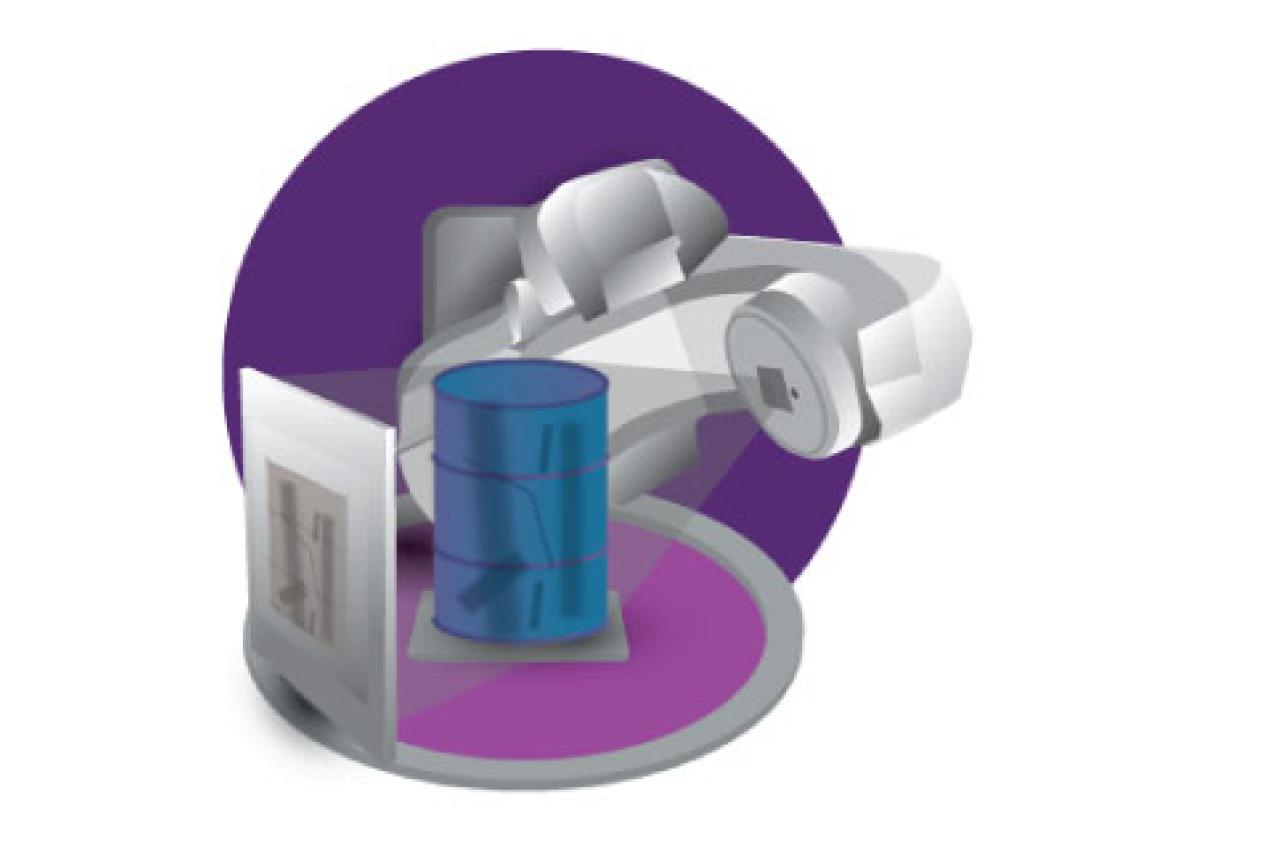
Multidisciplinary research
A refurbished, second-hand medical LINAC will be installed in the LNK building next year. In 2024, our own LINAC will enable both calibrations and tomography imaging, which will be beneficial for diverse research. A medical LINAC works with multiple energies, which inspired both our cancer researchers and waste experts. Together with ONDRAF/NIRAS, SCK CEN submitted a project proposal to Belspo which resulted in Belspo funding of no less than €1 million.
Thus, at LINAC@LNK, both the dosimetry and calibration group and the waste experts are in charge. The project opens doors for:
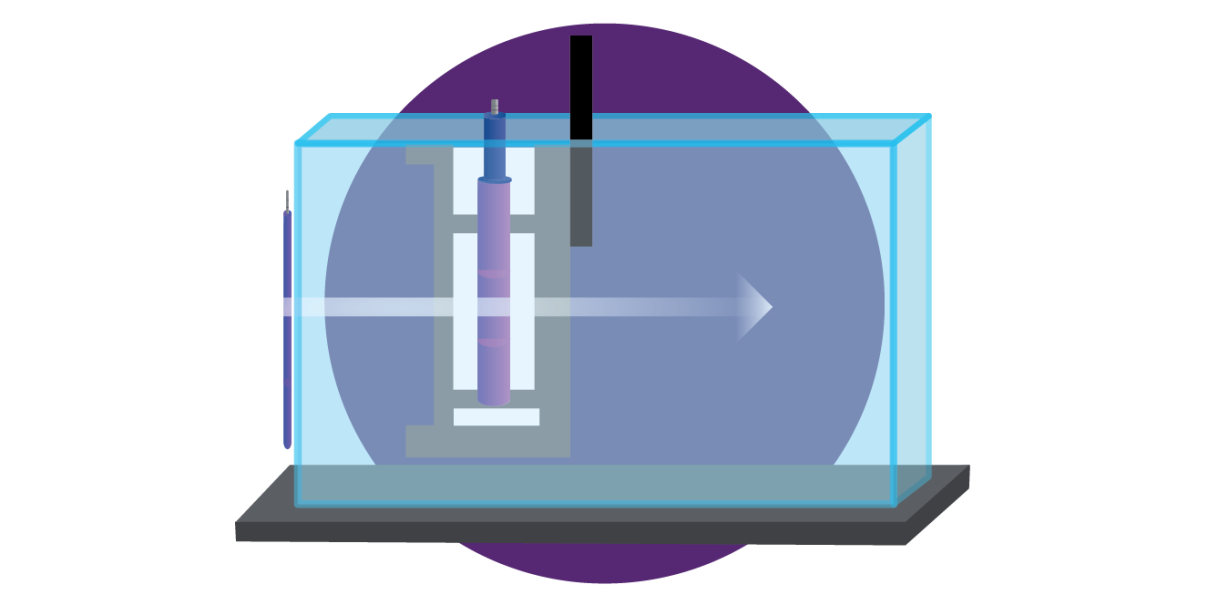
New applications in dosimetry and calibration expertises
Radiotherapy serves as a primary therapy for cancer patients today. Achieving successful outcomes relies on administering an accurate dose of radiation. To maintain this precision, meticulous calibration of the LINAC, which emits the radiation beam, is imperative. Presently, Cobalt-60 is employed as a reference for calibration purposes. Nonetheless, Cobalt-60 possesses lower energy levels compared to the radiation beams employed in clinical settings, necessitating corrections and introducing an element of uncertainty to the therapy process.
LINAC@LNK, an initiative led by SCK CEN, strives to improving radiotherapy calibration by eliminating potential error margins. The ultimate goal is to establish a precise calibration method for radiotherapy treatments. Additionally, the utilization of a LINAC opens up avenues for advanced research in radiotherapy and dosimetry. This includes exploring dosimetry at the cellular level, enabling a deeper understanding of radiation mechanisms, and developing novel detectors to enhance quality assurance protocols. Through these advancements, LINAC@LNK seeks to drive progress in the field of radiotherapy and improve patient outcomes.
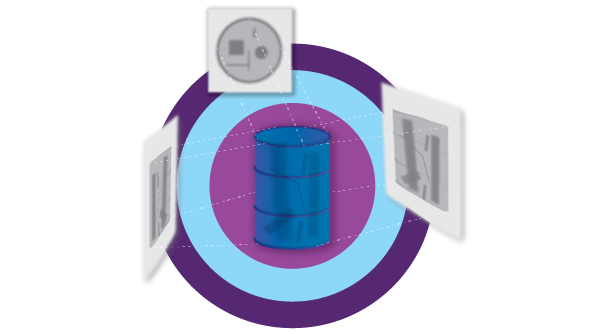
R&D to enable material identification in drums of radioactive waste
The introduction of the new LINAC also opens up a novel application in assisting ONDRAF/NIRAS with their surface disposal site for low and medium-level short-lived waste. This site is expected to receive numerous conditioned waste drums currently stored at Belgoprocess. Before their transfer, it is crucial to ensure that these drums are compliant with the conformity criteria for this type of waste. To achieve this, efficient and cost-effective control tests are necessary, involving high-energy CT scans to visualize the contents of the waste drums. While similar scans and tests are already performed in France (CEA) using a LINAC, such capabilities are currently unavailable in Belgium or the rest of Europe due to the absence of such a facility.
The acquisition of the medical LINAC changes this scenario, as its technical specifications, including the maximum dose rate and collimator aperture, are well-suited for conducting these scans and measurements. Furthermore, the facility has the potential to facilitate additional research aimed at investigating whether multiple-energy irradiation can provide supplementary information about the chemical composition of the conditioned waste drums. This development not only addresses the immediate need for low and medium-level short-lived waste compliance but also paves the way for enhanced exploration and understanding of waste characterization using advanced radiation techniques.
Reuse at its best
The project was granted earlier in spring. Meanwhile, the preparations to run a pilot are ongoing and the tender to find the right LINAC supplier will be launched this fall. It will be an extraordinary tender, given the desired reuse of the LINAC.
“The reuse of equipment is special, but the real uniqueness lies in the opportunities for Europe. First, this can mean a world of difference in nuclear medicine applications where precise calibrations are really a must. Secondly, SCK CEN and ONDRAF/NIRAS will be additional players in the European market that can do such specific characterisations of nuclear waste drums. Currently, the only place to go is CEA in France,” explains Ana Vaniqui, project leader of the LINAC@LNK project.
📣 Do you want to be part of a project or are you looking for more info?
Related articles
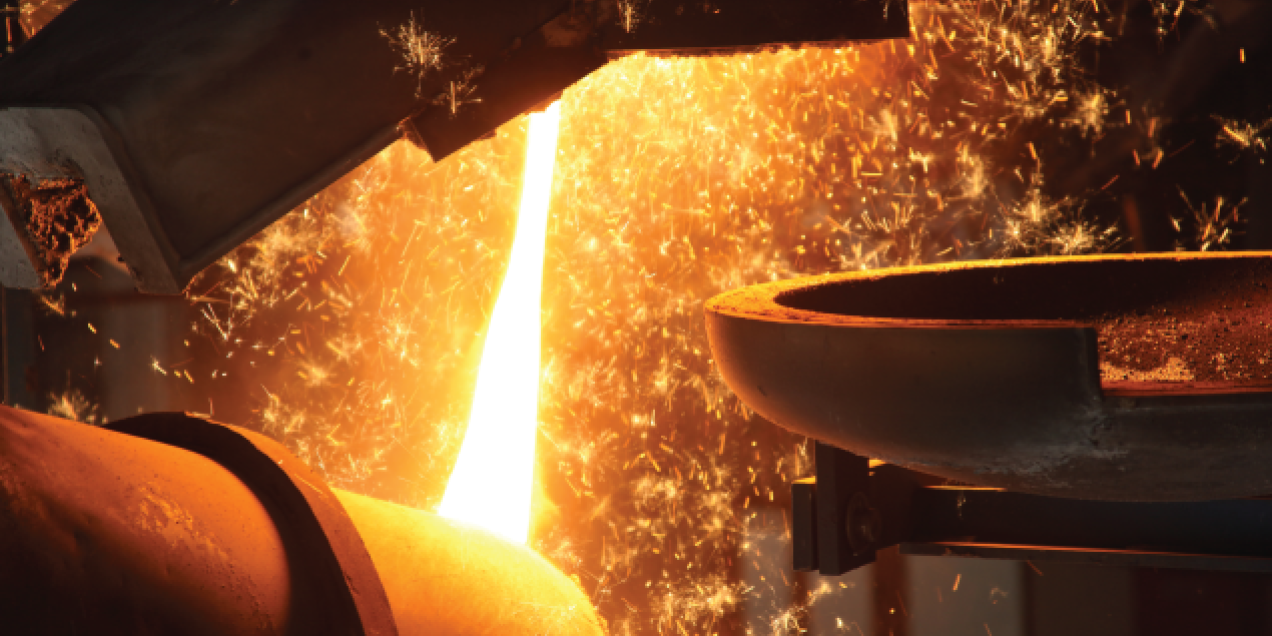 23 April '24
23 April '24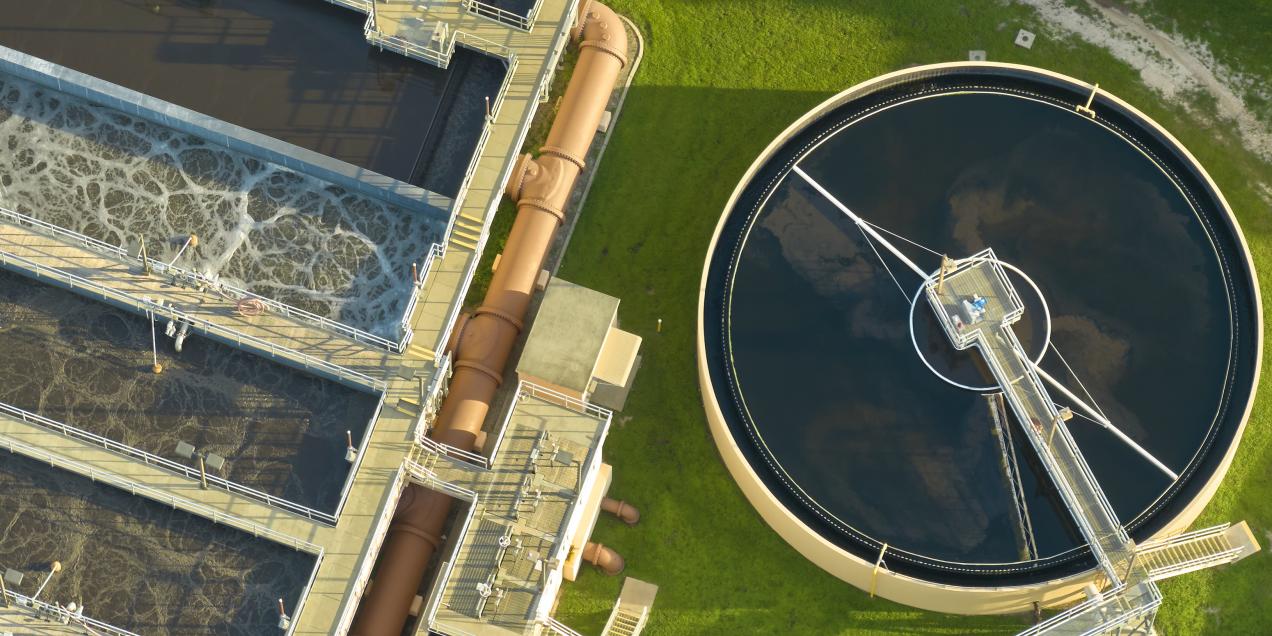 29 February '24
29 February '24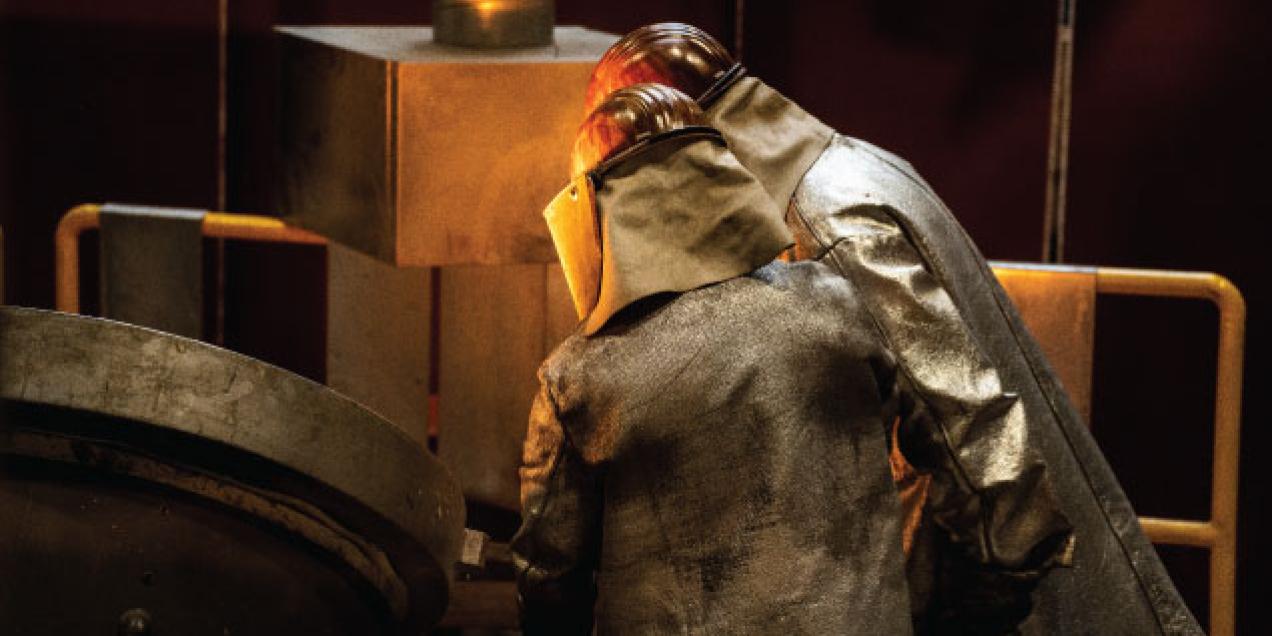 13 February '24
13 February '24